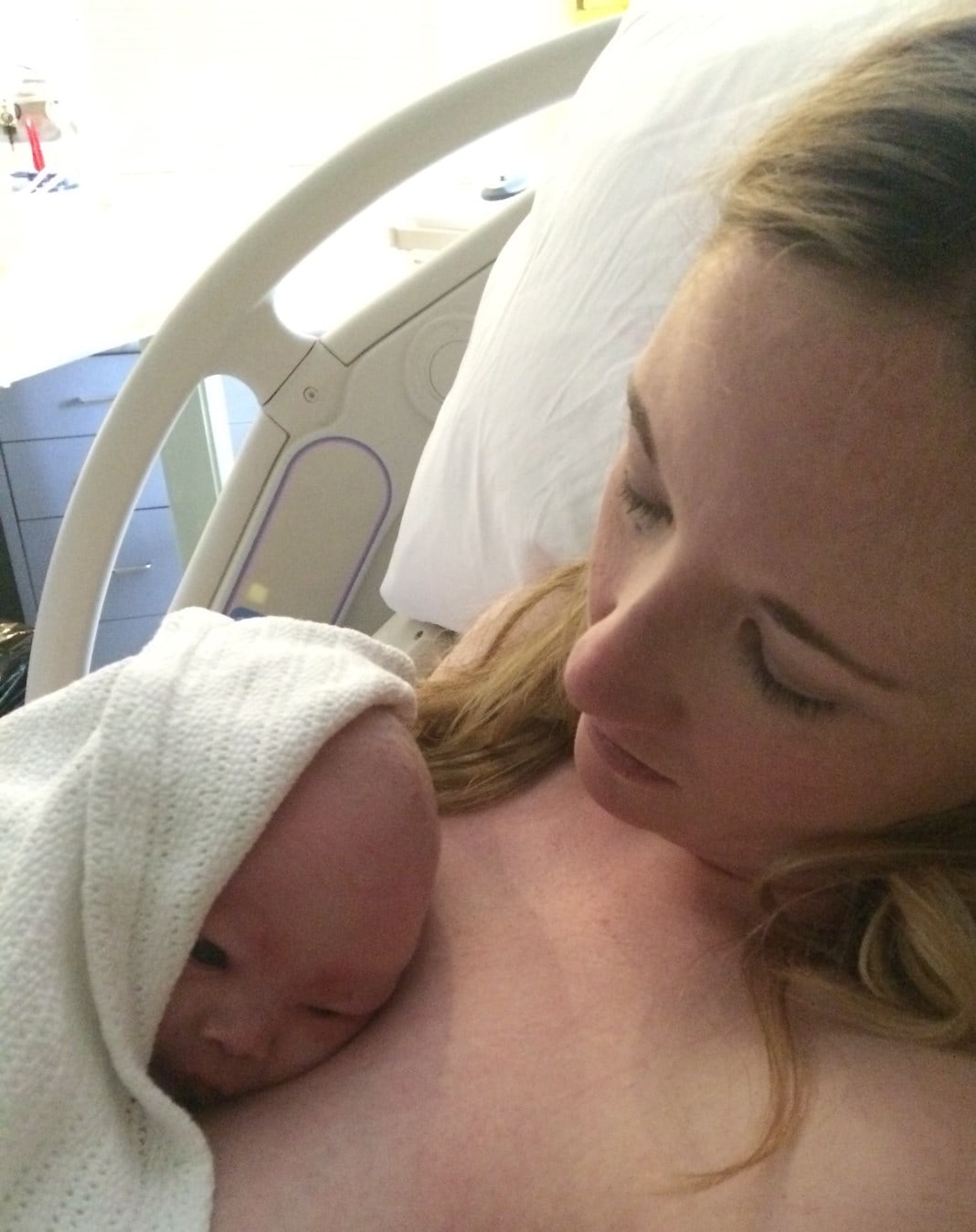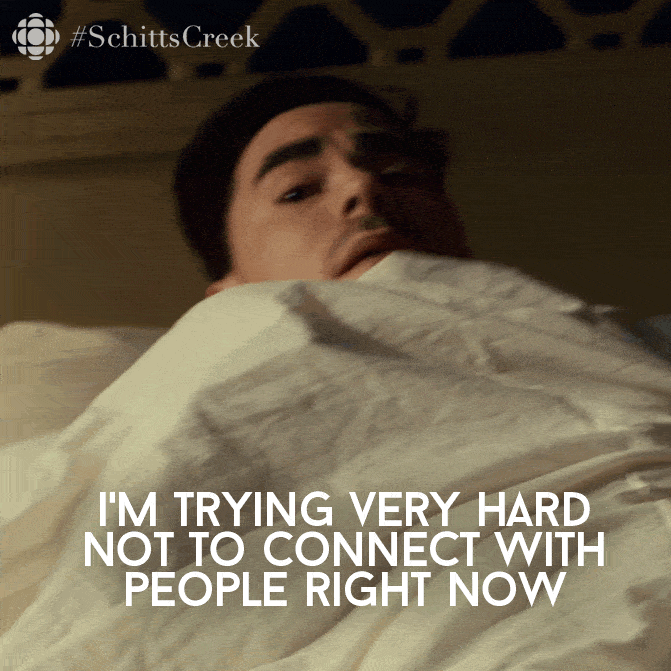“When the alarm bell of the emotional brain keeps signaling that you are in danger, no amount of insight will silence it.” ― Bessel A. van der Kolk
EMDR is the approach I like to use when it’s clear that trauma symptoms are persisting and someone is struggling to cope with intrusive thoughts, memories and bodily sensations from birth trauma. For some people, a one off birth debrief or traditional talk therapy like using CBT isn’t enough for someone to find relief from birth trauma. In fact, I’ll be frank and say that sometimes people leave these sessions feeling worse. It can even reinforce feelings of ‘failure’ and mistrusting health professionals.
Bessel van der Kolk, author of The Body Keeps the Score says “When the alarm bell of the emotional brain keeps signaling that you are in danger, no amount of insight will silence it.” Put another way, I often say to clients that you can’t ‘insight’ your way through trauma. Not quickly anyway. Your rational, logical brain might say “I should know the danger has passed” but your gut says “then how come I feel anxious, scared and avoidant?”
EMDR stands for Eye Movement Desensitization and Reprocessing. It’s a little bit of (evidence-based) magic really. I’ll explain it as best I can using everyday language and examples that tend to help.
EMDR taxes working memory
Imagine you’re checking your voice messages and someone says a number to call back on – you start repeating it to yourself but then all of a sudden your child tugs your arm wanting a snack, or the dog scratches on the door to be let out. You can maybe remember a few digits, but the rest has likely faded and you’ll need to listen to the message again.
Your working memory can ‘hold on’ to about 5-7 small bits of information (like numbers) at once. If you get distracted, the memory will fade fast. This is similar to how EMDR works. We bring parts of the traumatic memory from wherever it has been stored (hidden) into your working memory. While you focus on the memory, your therapist will then ‘distract’ your brain with bilateral stimulation – eye movements, tapping, and other activities. More taxing = more processing.
This will essentially bring the emotions up, but then take the heat off them and allow the memories to fade. We know that trauma memories are stored in different parts of the brain to other memories. You won’t forget them or necessarily get to a stage where you feel nothing about your birth trauma, but you might liken it to watching an old photograph fading.
The other analogy I like is to imagine some amazing AI generated image with full colour and tone and depth. Now imagine transferring it to a clunky computer with Windows 95 and you’ve got 6 colours in the Paint app. Then you’re going to reduce the image quality so it’s increasingly pixelated and hard to make out the original image.
Where do eye movements come in?
In REM (rapid eye movement) sleep, our eyes move back and forth in horizontal motions while we dream. Our dreams are sometimes the place where our brains clear out the junk and solve problems our waking conscious brain hasn’t gotten to during the day.
If you’ve ever gone to bed worried about a problem then you’ve woken up and feel clarity about a situation or more calm, it may be a sign your brain has gone to work on the problem in REM sleep.
EMDR for birth trauma works by taking the severity out of the emotions, bodily sensations, images and thoughts. It helps you process memories by filing them away (so to speak).
It’s useful for anxiety, panic, flashbacks, grief, numbing, low mood, and intrusive thoughts and memories.
I like it because clients usually see powerful changes fast. Clients often say that EMDR sessions feel like they’re ‘doing’ something with the memories and that the structure helps them feel more in control. EMDR is quite structured with 8 phases. Once we’re into the processing stage, there’s not a whole lot of talking. Instead, the Therapist stays out of the way and we let your brain do the healing it needs to do.
While it tends to work quicker than something like CBT, EMDR is tiring and it’s taxing. You don’t want to be doing this therapy in your lunch break, or with a baby on your lap. You need to be able to tolerate sitting with negative emotions, and to set yourself up to allow more processing and integration between sessions. Lots of water, regular movement, down time and sleep are important.
How does EMDR work?
Trauma memories are often locked in time. No amount of “I shouldn’t think about this” will actually help. Let me give you another crap computer analogy – like those virus protection pop ups. They pop up when I’m in the middle of a meeting, trying to concentrate or think about something else, so I ignore them, right? Over time, I keep flicking them away for ‘later’. Except then later comes and I get a virus on my computer and my husband mutters something about why didn’t I do an update, and I say “I thought I’d deal with it later”.
If you keep doing the same thing, you’ll keep getting the same result. Tell yourself not to think about the birth and just avoid it, and your brain will give you a billion pop up reminders of it when you’d least like to be thinking about it.
Part of the reason they keep popping up is because the memories haven’t been filed properly. For the majority of our memories, our brain will file them into some logical order. Except that trauma massively interrupts our sense of time and place. Which is why it can feel like it’s happening right now. The memory is stored differently than a regular memory and because it’s locked, it continues to be triggered every time a reminder comes along. It’s like your brain saying “oh hello! Is this a good time to ask where do I store this? What do I do with this piece of information now?”
EMDR works by using eye movements or other bilateral stimulation to stimulate the brain to process and tell it where to file these memories.
What does EMDR therapy for birth trauma look like?
The most important part is the fit has to be right. You have to trust and feel safe with your therapist (or at least learn to trust them!). This takes time. In most cases of birth trauma, clients have felt let down, abused or betrayed by health professionals. I’m always mindful of this and am careful to check in with what words I use, and that you feel you have choice and control in our sessions.
I’d talk to you about whether now is the right time to start intensive therapy. You ideally want to have access to childcare, some down time after sessions, lots of nourishing food and not be in the absolute thick of sleep deprivation.
EMDR is different to other therapies in that we don’t actually do a whole lot of talking per se. The initial phase is for history taking, mapping out what memories to work with, and building in coping skills.
You can tell me as much or as little about the birth and events after as you want. We don’t keep rehashing the details week after week, and in some cases, we can actually do EMDR content free. Meaning, you know the details of the memory, but I only know the basic headlines.
EMDR is also useful for birth trauma because we can process the past the present and the future. Many people come to me who are pregnant or wanting to have another baby. I can’t promise that your next birth will be trauma-free but I can definitely give you strategies to feel like you can cope with whatever turn your birth takes.
Most people come out of a trauma or multiple traumas with an underlying set of negative beliefs (or schema as it’s often called). You might ‘know’ logically that the belief isn’t helpful or true, yet still feel it in your gut.
Common negative beliefs from birth trauma:
That the events were somehow your fault
That you weren’t strong enough, your body is defective
That you didn’t try hard enough
That you should have spoken up more…I could go on.
You maybe ‘know’ these things are not true, and yet your gut, the tightness in your chest, the nightmares and flashbacks are telling you otherwise. The body keeps the score.
As part of EMDR, we work to instil a positive belief system to replace the existing negative beliefs with something more helpful (but also believable).
When would EMDR not be suitable?
Think about SELF
Sleep – it’s expected that sleep isn’t great in the perinatal phase, but it’s cruel to do emotionally taxing work and try to find deep insights when you’re really sleep deprived and just in survival mode.
Exercise – movement is good for trauma. Even if you have injuries or mobility limitations, finding movement is essential. My approach takes Somatic Experiencing, Poly Vagal Theory and Sensorimotor Processing into consideration. I value the work of people like Peter Levine, Stephen Porges and Pat Ogden.
Laughter – where is the joy? EMDR assumes that just as you can access negative emotions, you can also access positive ones like feeling peace or calm. For some clients with extensive trauma history, ‘calm’ is not a state they trust or tolerate well, and so we’d need to build in some strength finding to support any EMDR work.
Food – serotonin is made in your gut, so while I’m obviously not a nutritionist or dietician, I closely follow approaches such as those outlined By Oscar Seralach in the Postpartum Depletion cure. Good nutrition always helps with the hormones of birth, postpartum and the body’s trauma recovery process.
If you’re in active crisis mode then we’d want you feeling more settled and supported first. EMDR doesn’t work well when people only attend sessions sporadically, and/or struggle to tolerate sitting with negative emotions.
As a fully online therapist, there’s also certain mental health presentations I don’t work with. Similarly, you need to have a decent internet connection and feel comfortable with the online format.
Because people always ask…what counts as birth trauma?
I see women and birthing people with all sorts of pregnancy and birth experiences:
Reproductive trauma from undergoing IVF, lengthy or painful labour, induction, unwanted intervention, poorly administered epidurals, birth injuries and tears, emergency c-section, multiple births, complications like shoulder dystocia, post partum haemorrhage, retained placenta, infant loss, NICU babies, coping with infant illness or disability and many other factors.
I also work with a lot of interpersonal trauma: not being listened to or respected, being spoken to rudely, systemic racism, having you or your partner misgendered, birth triggering memories of previous abuse or assault, feeling abandoned, being rushed or discharged too soon, not getting enough breastfeeding support, being told your baby will die if you don’t agree to xyz…
I also work with vicarious trauma. Partners, families and staff (midwives, doulas, nurses, birth photographers etc) who have witnessed a traumatic birth.
What matters MOST is not the details of the birth, but HOW YOU FELT about it.
If you want to chat further you can contact me here and book in an appointment here. I’m in Australia and work globally via online therapy, except for USA and Canada (insurance restrictions state you must see a licensed therapist in your own state).
In 2019 I interviewed Krysta Dancy about EMDR for birth trauma on the birth trauma training for birth workers podcast. If you’re in the USA, Krysta’s work would be a great place to start.








